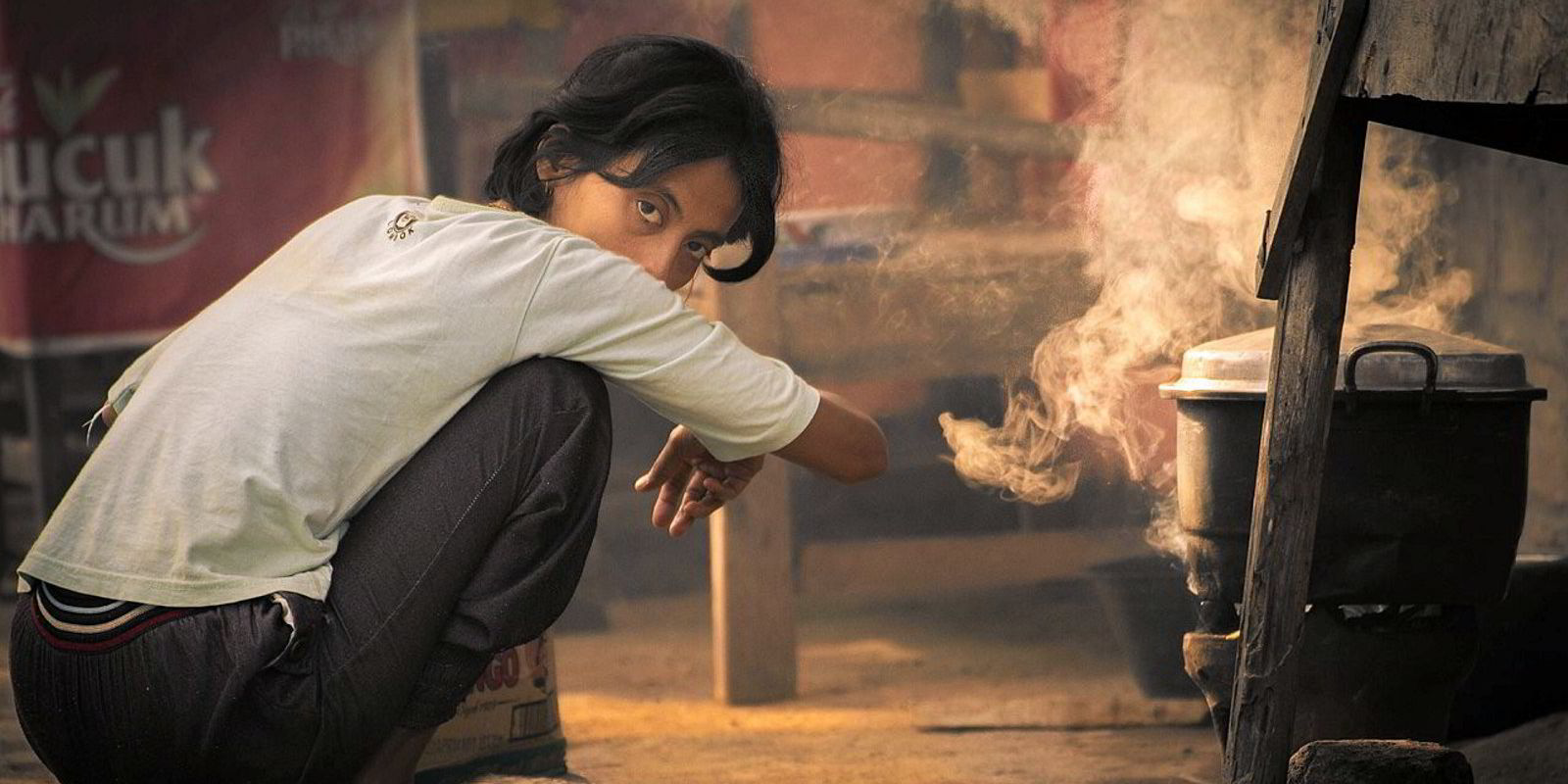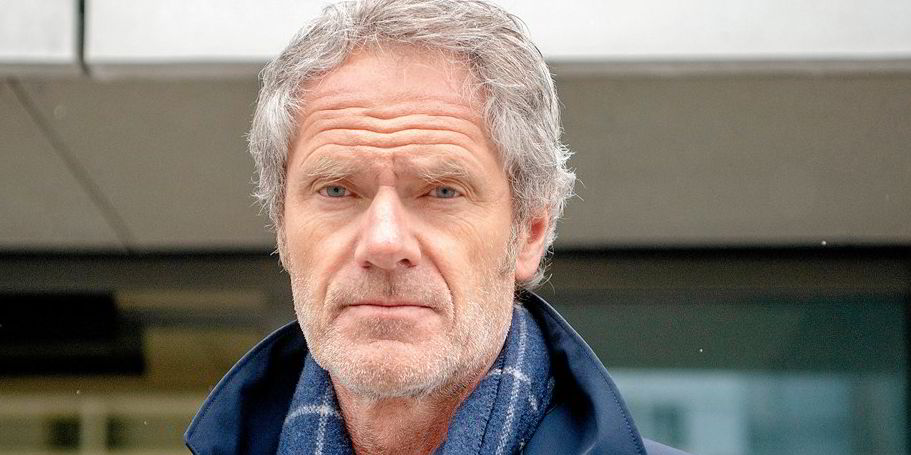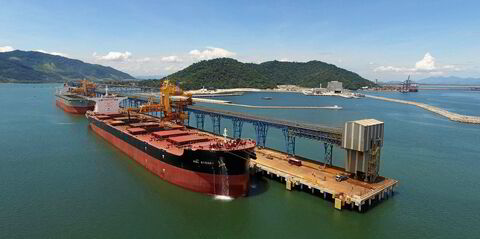Arcadia Shipping & Trading has been widely named by brokers in the gas sector as the buyer of one of BW LPG's older VLGCs that was recently reported sold.
TradeWinds first broke news of the sale of the 84,000-cbm BW Liberty (built 2007) for $46m on 18 June.
The deal highlights the opportunities in the gas sector that have been created for Indonesian shipowners by the country’s ongoing push to switch to LPG for domestic heating use.
Arcadia is one of Indonesia’s smaller tanker players, but like many of its peers, it has had a toehold in the gas sector for some time.
Two 5,000-cbm fully pressurised LPG carriers are part of a fleet that IHS Markit lists along with six coastal tankers of less than 10,000-dwt. VesselsValue also links Arcadia to an aframax tanker and a VLCC that are owned by separate shipowning entities.
Figures provided by Indonesia’s energy ministry show that up to 78% of the LPG consumption in the country is fulfilled by imports. Domestic production from natural gas and petroleum remains very low.
The energy ministry indicated that in 2020 Indonesia imported 6.1m tonnes of LPG, and volume continue to increase.
Maritime Strategies International (MSI) estimates that there are six VLGCs currently under Indonesian ownership.
State-owned oil major Pertamina owns two, while Buana Lintas Lautan, and Soechi Lines, in partnership with Sukses Inkor Maritim, each own one.
Two VLGCs owned by Kemas Sejahtera Lestari and Perkasa Prima Nusantara are affiliated with Pacific Carriers of Singapore in terms of management.
David Jordan, MSI’s regional director for Asia, cautioned that the data on the Indonesian VLGC fleet was provisional.
“Getting solid information on Indonesian owned vessels can be difficult due to company structures there,” he explained.
TradeWinds was unable to contact Arcadia for further details on its gas plans, but industry sources said it was highly likely that the BW Liberty has been acquired against a long-term contract with Pertamina, which dominates the Indonesian LPG market.
BW LPG did not respond to requests for comment.
Coal to gas

Indonesia’s LPG imports are proving expensive, which could mean that any boom in VLGC ownership could prove to be short-lived.
LPG imports cost the Indonesian government around $3.6bn in subsidies in 2020, and it plans to replace imports by 2030 with domestically produced dimethyl ether (DME), an LPG substitute made from coal.
In January Arifin Tasrif, Indonesia’s energy and mineral resources minister said that LPG consumption in 2030 was expected to reach 9.7m metric tonnes per year.
Tasrif said that Pertamina, together with state-owned coal company PT Bukit Asam and New York-listed industrial gases company Air Products were working on developing a coal-to-gas production plant.
The Indonesian government was preparing various incentives to lure further DME development, Arifin added.
Some gas sector analysts have questioned whether the country will be able to fully replace LPG with DME.
The enormous investment required to develop the infrastructure to cover such a vast volume would need to be sourced in the international financial markets from institutions that have a growing aversion to anything related to coal.





